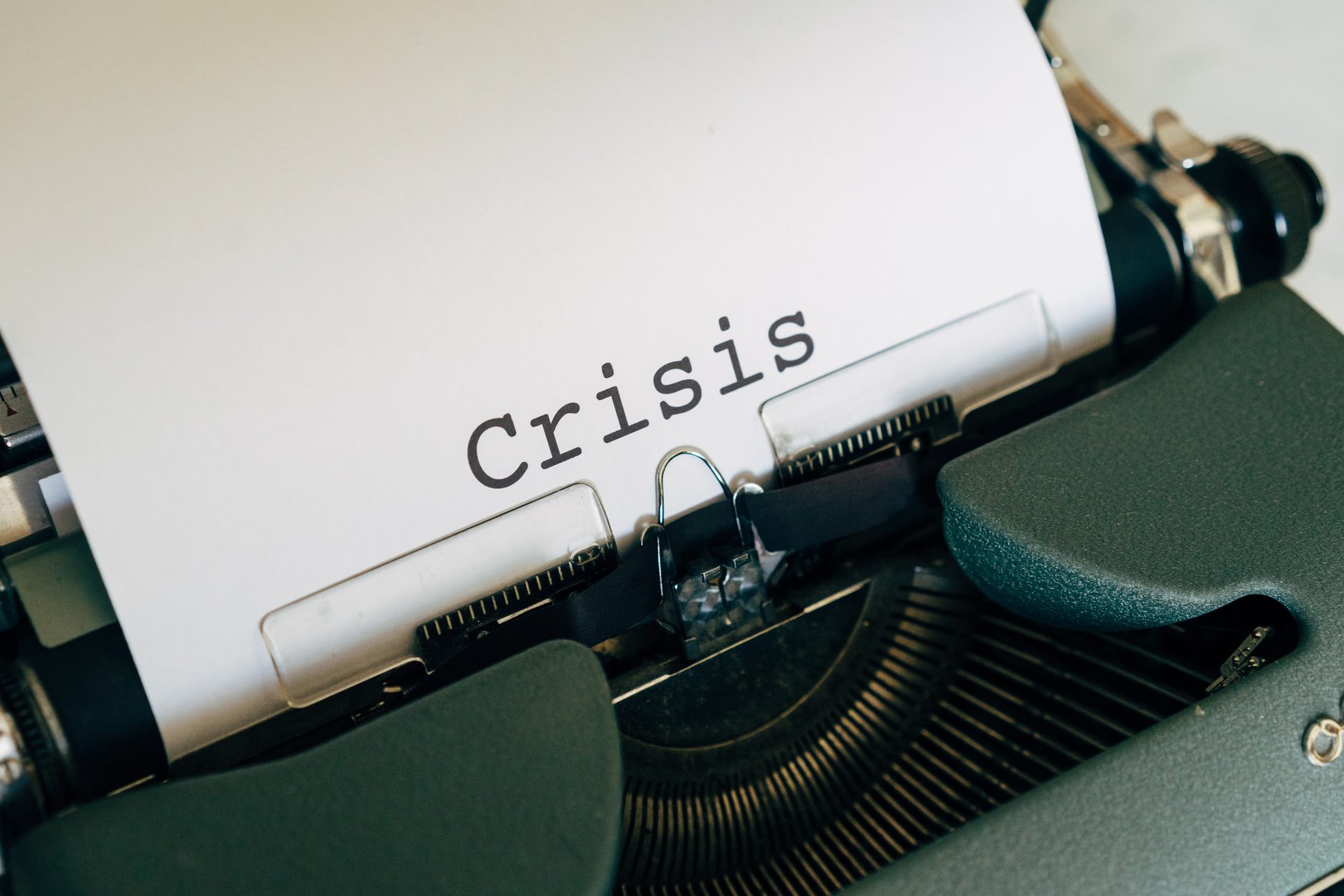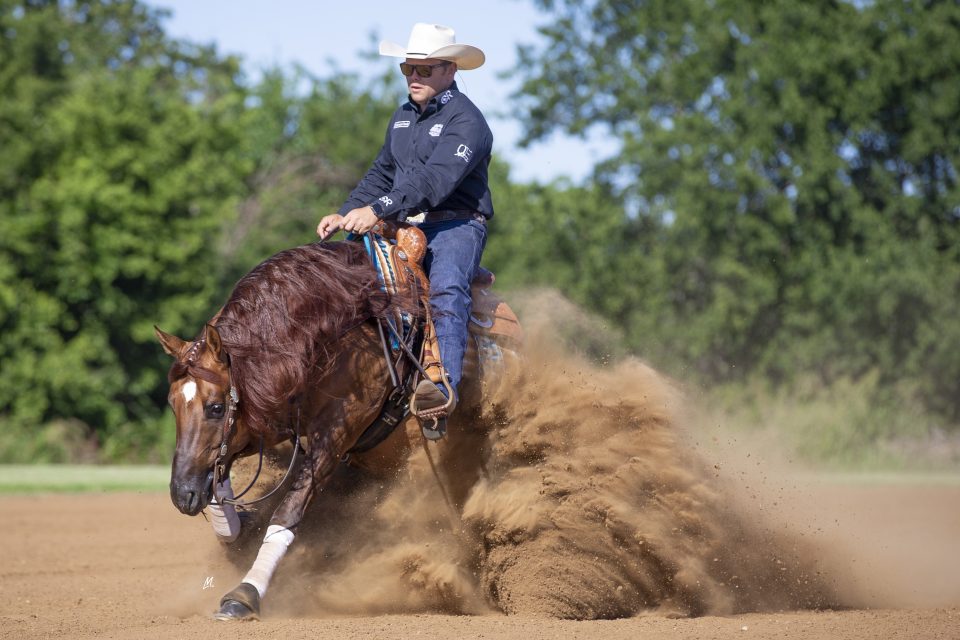When faced with a worst-case scenario, how will you share information with your clients?
By Katie Navarra

When everything is running smoothly, you feel like you can conquer anything life throws your way. A major win at an event or even a breakthrough in a horse’s training rewards the long hours and hard work of your profession. But there’s a chance you’ll have to address a crisis—whether it’s your own health, the health of a client’s horse, or the force of Mother Nature.
“Most people simply don’t know what to do in a crisis,” said David Fuscus, president and CEO of Xenophon Strategies, a Washington D.C. public relations firm. “Chances are, 99% of the time if you’re involved with a crisis, it’s the first time you’ve been involved in one. You have to shape the story that comes wherever that plays out—the media, social media, or within the industry.”
It’s impossible to predict every scenario, but here are five situations that you’re likely to encounter as an NRHA Professional and tips for working through them, with tips from Bud Roebuck and Devin Warren, in this four-part series.
Part 1: Devastating Weather Event
The Crisis: Sick Horse
Rumors can spread faster than an infectious disease, thanks to social media. Trainers diligently work to keep horses healthy at home and on the road, but outbreaks such as strangles and equine herpesvirus can happen even with the most diligent care. Having a plan for communicating about the disease and knowing whom to contact ensures that accurate information is shared with the right people.
First step: Respond immediately. The Equine Disease Communication Center (equinediseasecc.org) recommends contacting all owners, boarders, and adjunct trainers to inform them about the suspicion of an infectious disease within the first 30 minutes of a suspected outbreak. Keep records of who has been contacted, when, and how. The EDCC also suggests a face-to-face meeting with all workers on the premises to advise of restrictions and changes in biosecurity protocols.
Getting word out: Use facts and truth. Social media spreads stories faster than the speed of light. Take control of your messaging before the story spins out of control. This is important in every situation, but especially at an event where inaccurate information has the potential to create panic.
“Speed is of the essence,” Fuscus said. “Once a narrative is out there among people in the industry or in the press, it’s much harder to control.”
Fuscus recommends designating one person to monitor social-media posts and to correct misinformation. If necessary, you can set up Google Alerts to monitor what’s being said about the situation.
Follow up: Establish good protocols. Talking about facing an infectious disease outbreak doesn’t top anyone’s list. But ignoring the possibility may only make it worse. Once you’ve begun working with your vet and established biosecurity protocols, sharing information about progress and the measures you’re taking can foster goodwill and trust—and it puts you in charge of the story being shared.
Read the rest of this article at the links above.



